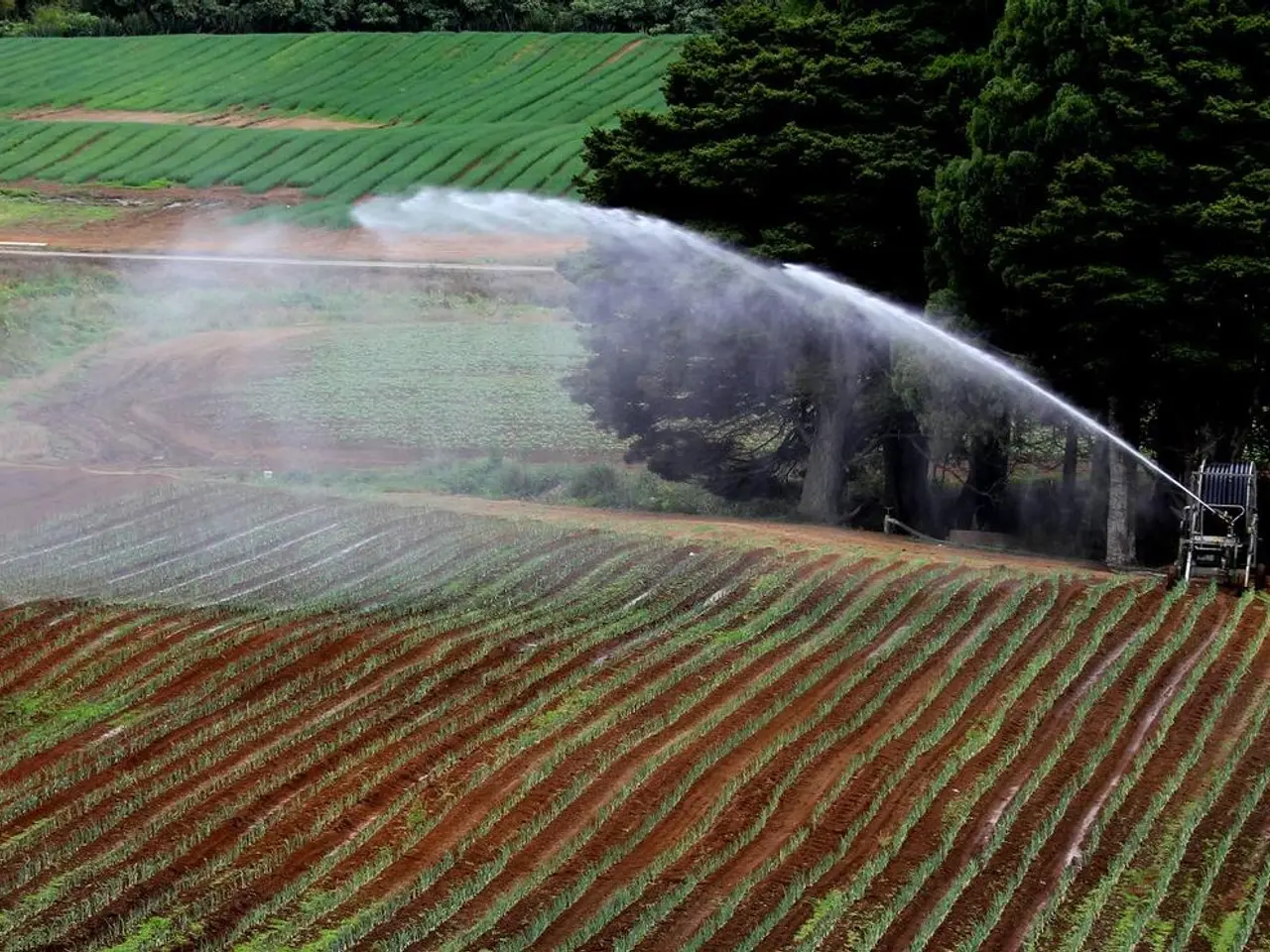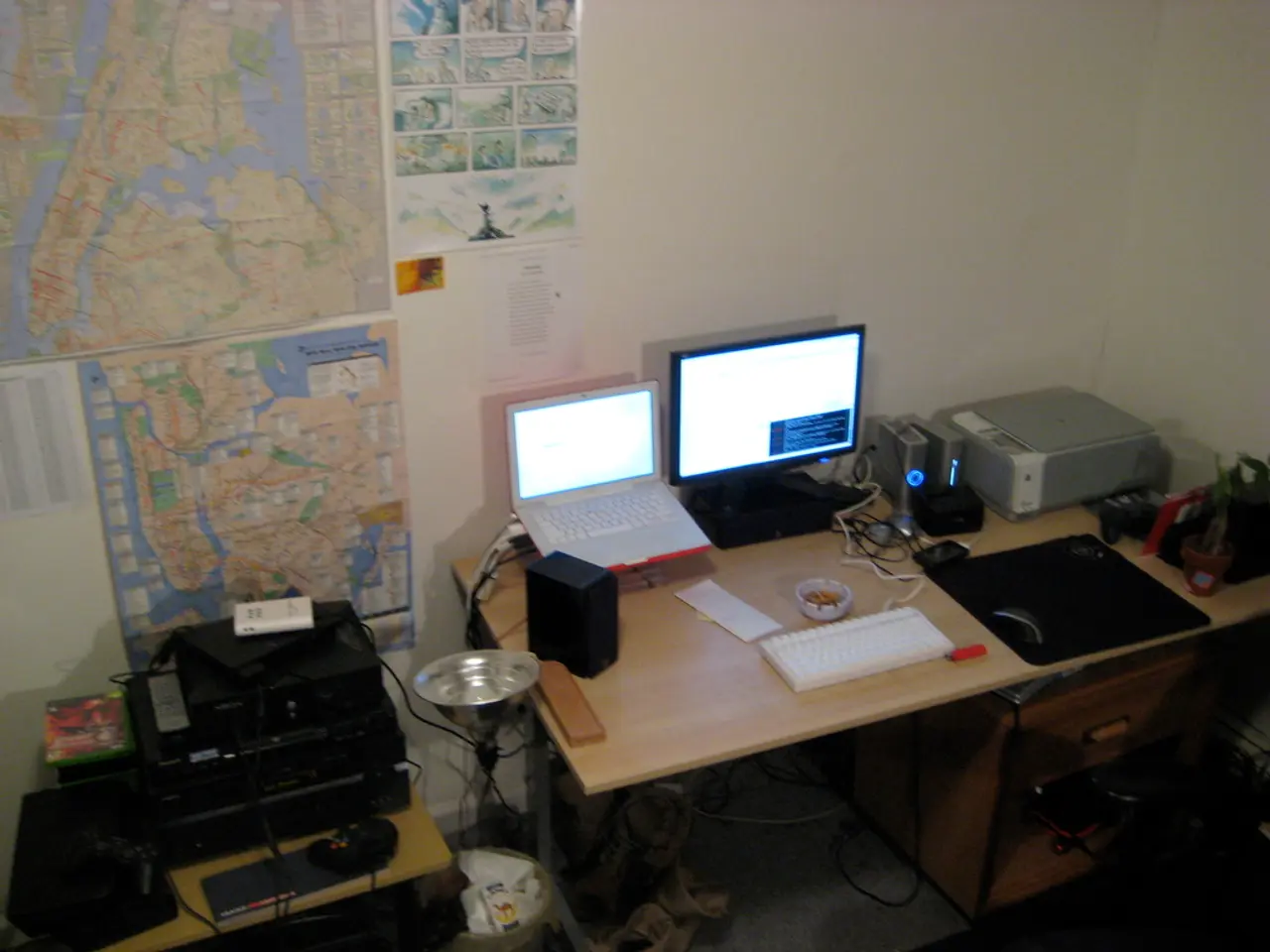Shifting Landscape of Agricultural Jobs: How Artificial Intelligence is Reshaping Traditional Agricultural Roles
In the rapidly evolving landscape of agriculture, a significant shift is underway as technology takes centre stage. This transformation is reshaping the industry, moving away from traditional methods and towards a more integrated, technology-driven ecosystem.
The adoption of agtech is lowest in Asia, with only about 9% of farmers using or planning to use at least one agtech product. However, this figure is expected to rise as the demand for digitally skilled agricultural workers continues to grow.
One of the key areas witnessing this surge is the drone industry. The global agricultural drone market was valued at $2.74 billion in 2020 and is projected to reach $10.45 billion by 2030. Drones are now a common sight in fields, collecting data on soil conditions, crop health, and irrigation systems.
This data-driven approach is also influencing the role of agronomists. Today, they have a deep understanding of specific plant biology and make decisions based on data provided by monitoring systems. The need for workers proficient in AI platforms, big data analysis related to crops, weather, and soil, and integration of sensor data, is on the rise.
Roles such as AI specialists, data analysts, drone operators, and fleet managers who manage automated equipment and digital supply chains are in high demand, not just in the US, but also in major agriculture markets like India.
Precision farming, which demands data analysts and precision machinery operators, is expected to be adopted by around 55% of farmers by 2025. This trend will create jobs for remote sensing experts, satellite data analysts, IoT engineers, agronomic software developers, and robotics specialists.
Emerging fields like climate-smart solutions, autonomous tractors, and blockchain management focused on sustainability and carbon footprinting are also growing rapidly.
Successful professionals in this new agricultural landscape will need technical literacy in AI tools, drone operation, sensor integration, and the ability to analyze large datasets for informed agricultural decision-making. They will also need awareness of sustainability, environmental impact, and community aspects.
The agriculture industry is becoming more specialized, with technology taking over tasks previously done by agronomists like assessing field conditions. This shift is opening new opportunities for professionals from various fields, such as programming, biology, chemistry, physics, to join the agriculture industry.
The US Bureau of Labor Statistics projects an 8% growth in employment for agricultural and food scientists from 2023 to 2033, with about 3,100 job openings in the US annually. However, the shortage of qualified and educated personnel is more about the changing nature of the profession and the emergence of new specializations than a genuine lack of people.
For example, in Bangalore, the drone sector has seen a 35% increase in precision agriculture projects utilizing data-driven technologies, with future innovations integrating 5G, edge computing, and expanded drone applications beyond farming to forestry and climate resilience.
In Europe, the majority (57.6 %) of farm managers are at least 55 years old, and only 11.9 % are young farmers, defined here as those under the age of 40. This ageing workforce poses a challenge for the industry, as the demand for multidisciplinary professionals continues to grow.
In conclusion, the agricultural industries globally are moving towards highly integrated, technology-driven ecosystems that demand multidisciplinary professionals capable of blending agronomy, AI, data science, and drone technology. This trend will continue expanding as precision agriculture and smart farm management become standard practices, thus ensuring strong future demand for such expertise at regional and global levels.
In order to meet the growing demand for digitally skilled agricultural workers, the number of farmers using agtech in Asia is projected to rise significantly. This growing demand is particularly evident in the drone industry, with the global agricultural drone market expected to reach $10.45 billion by 2030.
As the agriculture industry transitions towards a more integrated, technology-driven ecosystem, multidisciplinary professionals with knowledge in areas such as AI, data science, and drone technology will be in high demand, not just in the US, but also in major agriculture markets like India.




